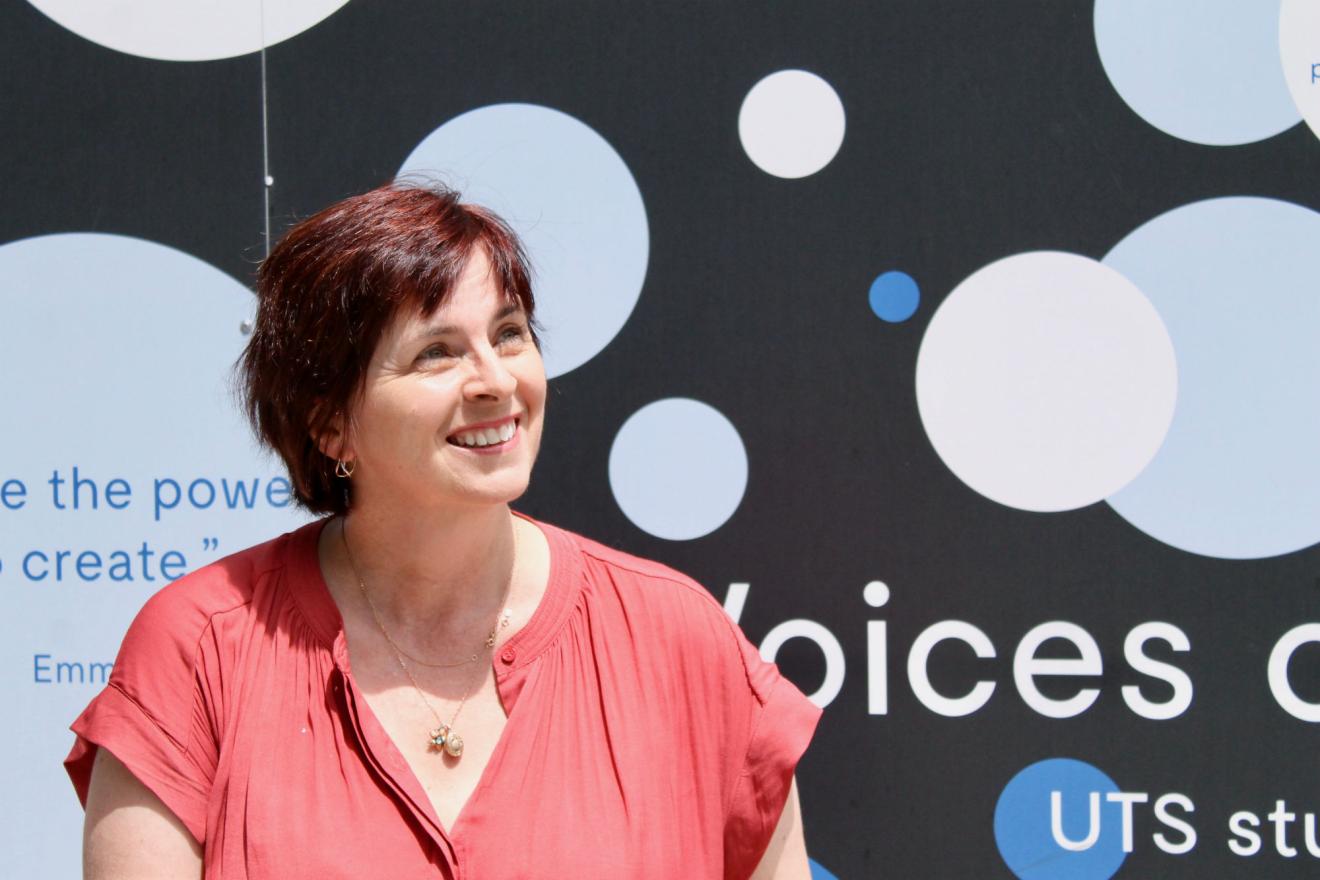“An estimated eight per cent of the population, or two million Australians, have difficulty swallowing associated with stroke, Parkinson’s disease, motor neurone disease or dementia, and from lifelong conditions like cerebral palsy or intellectual disability,” says speech pathologist and researcher Professor Bronwyn Hemsley.
“People with swallowing disorders often face the danger of choking on food, which can be fatal,” Professor Hemsley says. “So, to make food easier to eat, some people need it to be soft or even pureed – at which point the look and feel of the food can change, affecting the person’s appetite and quality of life.”
At the University of Technology Sydney (UTS), Professor Hemsley’s team are looking at ways that 3D-printing of food could be used to improve the visual appeal of puree and to understand the impact of 3D food printing on both quality of life and mealtime safety. The researchers will also look at the usability of 3D-printed food by people who have not only a swallowing disability but perhaps also physical disability or limitations in their vision, hearing or planning.
Having more choice and control … might just make a difference.
— Professor Bronwyn Hemsley, Head of Discipline, Speech Pathology
The researchers are working with a 3D food printer installed in the ProtoSpace Lab at UTS’s Sydney campus which uses real pureed food as the ‘ink’. The process involves first cooking the puree meal, using it to fill the printer’s cartridges, selecting the shape to be printed and pressing ‘play’ for it to start printing, Professor Hemsley explains.
“From what we know of 3D food printing so far, it’s a creative and fun activity,” she says. “Often people are surprised and express joy in what they’ve made. But they can also be disappointed if the shape isn’t as good as they expected, or looks worse than their familiar foods.”
It’s important to know whether 3D food printing could increase a person’s engagement with the shape of their food, and whether or not it’s an improvement to other ways of presenting puree food, she says.
“Perhaps it would increase their involvement in mealtime food design. Having more choice and control over the food to be printed, including its colour, flavour and shape, might just make a difference to someone who can't change the texture and must have a puree food to be safe in swallowing.”
“But we don’t know yet whether people with swallowing disability would want to take part in 3D food printing, the supports they’d need, whether they’d use it, and what benefits they expect. We need to know this and also to find ways that we can make 3D printing more accessible to more people if it’s going to help to improve their lives.”
The benefits of producing ‘safe’ food that looks good and tastes great could go beyond the nutritional, the researchers say. Social activities are often based around food and swallowing disorders can exclude people from eating out with others, Professor Hemsley says, for fear of choking or because the food looks unsightly.
With 3D-printed food, “if it’s going to work to print any shape, they could go to a Christmas party or a birthday party and still be part of the special occasion, still eat things that look like cake or nuts or biscuits but that are made of a puree texture”, she says.
“We want to see what people with swallowing disorders think about this possibility of using 3D printing,” Professor Hemsley says of the research project. “This will help us to understand how it could impact on their lives and give them more choice and control, while also increasing their mealtime safety and enjoyment.”
Research team
-
Professor and Head of Discipline, Speech Pathology
Additional team members
Professor Susan Balandin, Deakin University
Dr Stephen Dann, Australian National University
Funded by
- Australian Research Council
- NHMRC Equipment Grant Scheme



